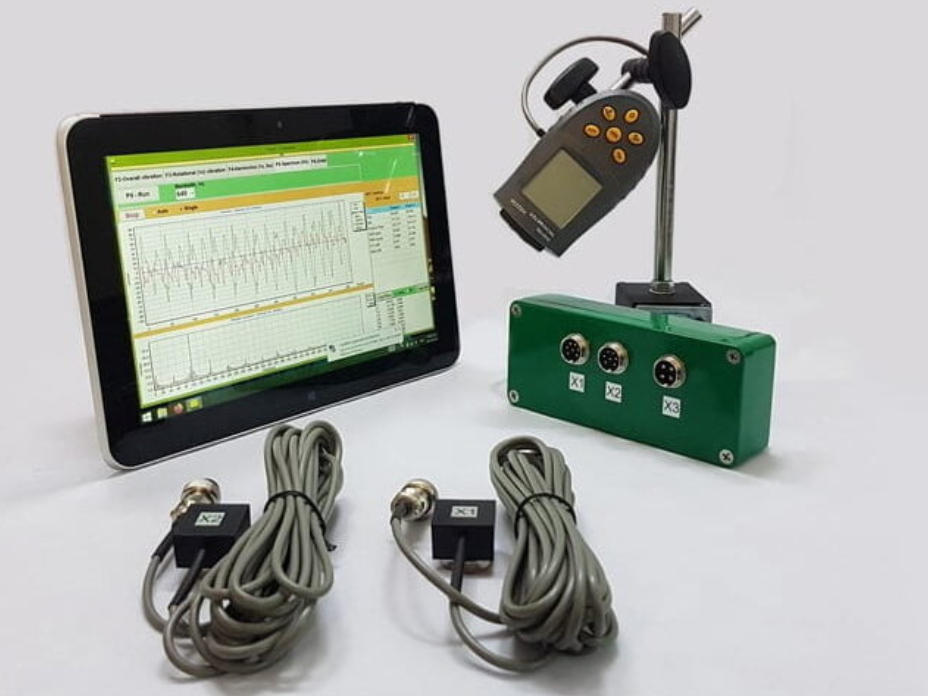Ahead of Q1 earnings, cracks are starting to show in the chip market (NASDAQ:QRVO)

sefa ozel/E+ via Getty Images
Semiconductor companies have had a strong couple of years, as demand for electronics surged during the pandemic and supply chains were interrupted by the virus, keeping inventories tight, demand high and prices even higher. But as the calendar gets deeper into 2022, some cracks in the industry are starting to show.
Wells Fargo analyst Gary Mobley noted that the first-half of the year is a “game of supply chain whack-a-mole,” citing worries over supplies of neon gas due to Russia’s invasion of Ukraine; a shortage of the chemicals used to produce chips; and rolling lockdowns in China.
However, there are also “pockets of demand weakness,” Mobley added, citing weakness in both the consumer PC and smartphone markets. There’s also concern that global light vehicle production is slowing, with research firm IHS cutting its forecast to 6% growth, down from 9% growth, but that is likely due to supply chain issues and COVID lockdowns in China, and not weakening demand.
With mobile phone and PC unit growth forecast to slow or decline, that news has hit shares of semiconductor stocks like Qorvo (NASDAQ:QRVO), Skyworks Solutions (NASDAQ:SWKS), Synaptics (NASDAQ:SYNA) and Qualcomm (NASDAQ:QCOM), though Mobley postulated that the bad news could be priced in.
Nonetheless, he lowered revenue estimates for both Qorvo (QRVO) and Skyworks (SWKS), while also cutting their price targets to $185 and $195, down from $220 and $230, respectively.
And while the chip sector has still seen “relative strength” in the early part of 2022, that’s largely been driven by an “unparalleled” backlog to start the year and price increases, which may not happen in the future.
“Semi companies that are windsocks to the semi cycle may begin to underperform when investors begin to sniff out the following: the gap between demand for semiconductors and the supply for semiconductors begins to shrink; when chip order or manufacturing lead times begin to shrink; and when chip inventory in the channel begins to increase,” Mobley wrote in the investor note.
As such, Mobley recommended semiconductor companies with catalysts “independent of the semiconductor cycle,” such as Cadence Design Systems (CDNS) and Synopsys (SNPS). He also favored companies that receive an “outsized” portion of their revenue from the automotive market, including Allegro MicroSystems (ALGM), Ambarella (AMBA), NXP Semiconductor (NXPI) and Wolfspeed (WOLF).
Mobley also noted that even if a number of semiconductor stocks report strong results when earnings season starts, they may sell off anyway, on worries over some markets like smartphones and PCs as both “are showing signs of weakness for various reasons.”
“Similar to the past few earnings seasons, we believe the chip stocks may sell off into beat and raise earnings reports, beginning with early reports from broad-line chip companies such as Texas Instruments [which] will report April 26,” Mobley explained.
There are also concerns that the industry’s margins could be at stake, with Mobley noting that “nearly every chip company” the firm covers has reported record gross margins and well above what they forecast for their long-term financial targets.
“Most companies are signaling to investors that near-term gross margins are not sustainable primarily due to timing offsets between supply chain price increases and when those price increases are passed on to customers,” Mobley added.
Earlier this week, Citi said chip giant Intel (INTC) may start to experience some headwinds as PC shipments continue to come in below the firm’s estimates.








